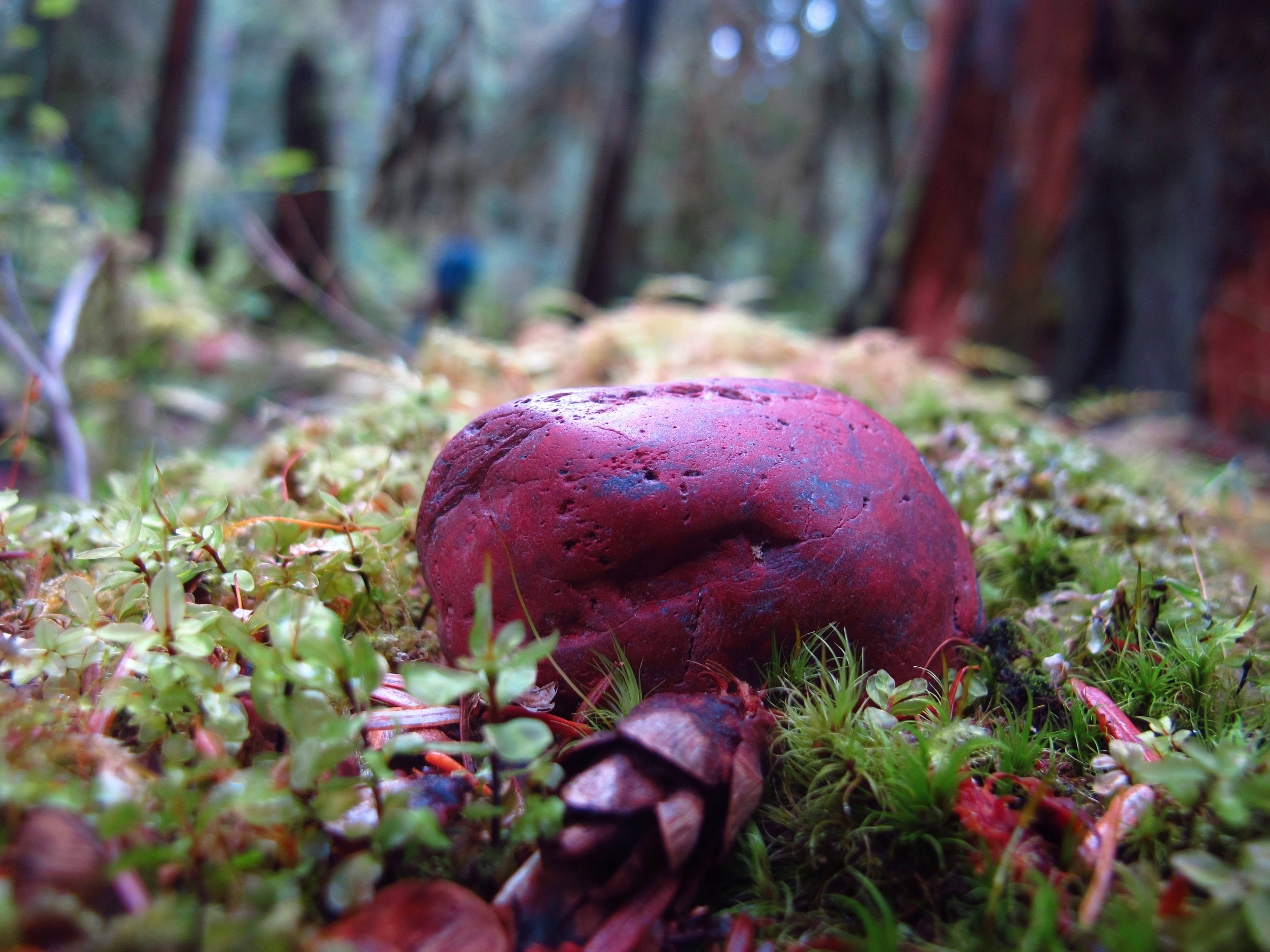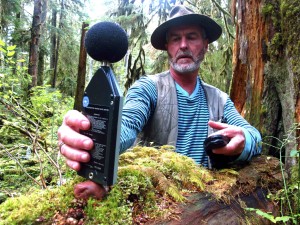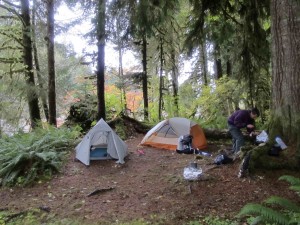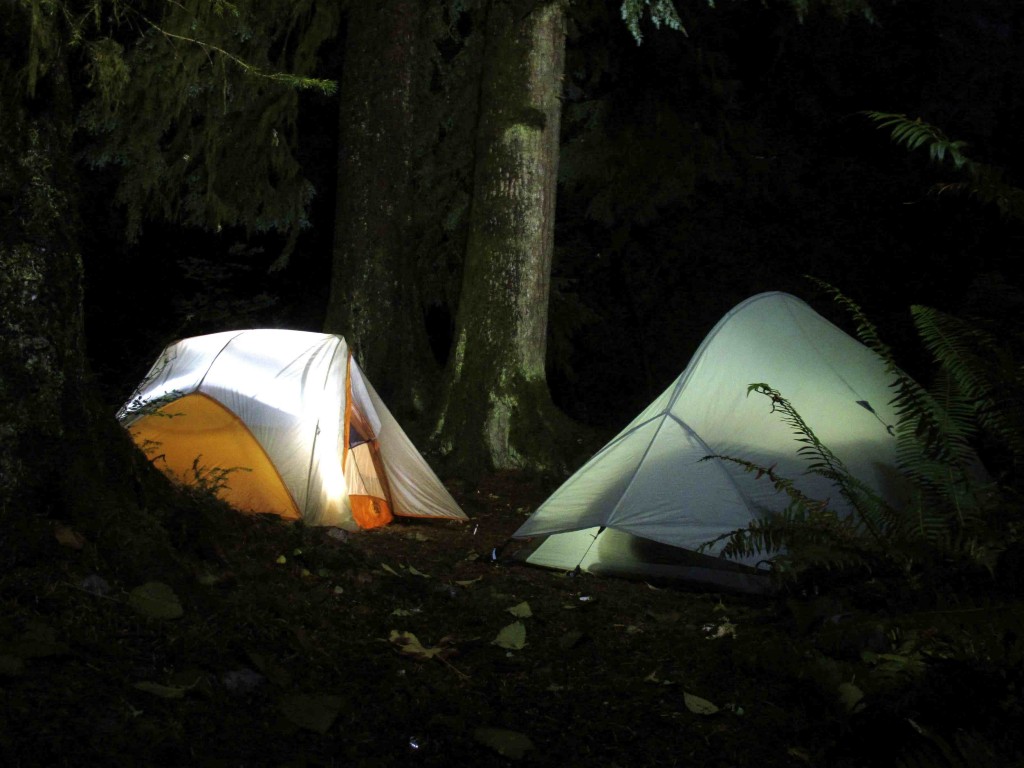October: the sound of silence
When I began this year, trying to think about the future of the national parks, I struggled with how to approach the idea of technology and its effects. Not because technology won’t affect the parks in the future, but because technology is changing so rapidly that by the time I finish typing this sentence everything about it — including the device I’m typing it on — probably will be outdated. And unlike with my newspaper job, I’m not working on something that will be published tomorrow or the next day. The ultimate goal is to have a book published before the National Park Service celebrates its centennial in 2016.
But to think about the future and ignore the role of technology would be leaving out a huge piece of the story. Consider the previous century and how technology has changed the parks, most notably with cars and roads and planes. When I was in Yosemite, I went to the library there and looked at documents from 1916. One of them described the massive increase in vehicles arriving in the park — from 2,270 the previous year to 4,043.
These days, on an August morning, you can find 4,043 cars backed up at one entrance to Yosemite. (I’m exaggerating. Slightly.)
As we all are keenly aware of from our daily lives, technology is a double-edged sword. That’s certainly true in the parks. While the park service tries to figure out how to use technology to its advantage in the future, it also must figure out how to deal with technology.
Throughout this year, I’ve been forced to disconnect. No cell phone, no Internet access. And each time, once I got over the initial shock and stopped obsessively checking my phone, I found this to be incredibly calming. (Especially in the middle of election season.) I liked that when I was camping in the Dry Tortugas, surrounded by miles and miles of tropical water, I felt isolated. I liked leaving my cell phone in my hotel room at the Grand Canyon, knowing that it would be of little use when I was dipping my feet in the Colorado River. I liked camping in Acadia, seeing no bars on my cell but a sky full of stars overhead.
So I had mixed emotions when I heard discussions in several parks about adding more cell towers. I know that in some ways this is progress. And I know that the day is coming — probably much sooner than I expect — when we will be easily connected any place on earth. Probably won’t even need a phone. We’ll just use the chip that’s implanted in our ears, or something like that.
This much is certain: We live in a world that is getting noisier and noisier, literally and figuratively.
All of which is my long-winded prelude to explain why I went to Olympic National Park in October.
I wanted to experience quiet. Or to be more accurate, I wanted to experience sound. Natural sound.
I emailed Gordon Hempton and asked him if he’d be willing to take me on a hike to one of his favorite spots on earth, a place he believes is one of the quietest in America — the One Square Inch of Silence.
Gordon has made recording sound his profession. But it’s also his passion. He has been described as an “acoustic ecologist.” And in 2005, for Earth Day, he chose a spot not far off the Hoh River Trail — in the middle of the Hoh Rain Forest — put a small, red-colored rock on top of a moss-covered log and proclaimed it to be the One Square Inch of Silence. The premise behind the OSI is that if he and others can fight to protect a single square inch from noise pollution, they will also protect many miles around it. So that is his mission. (This is a not a National Park Service site, which I learned when I went there leads to some conflict.)
I made this trip three weeks after undergoing surgery to repair my broken collarbone. When I asked the surgeon after the operation if I was going to be able to make the trip as planned, he said he thought it would be fine. When I asked if I could put on a backpack and hike into the rain forest as planned, he said: “That ain’t going to happen.” So a friend from Tampa, David DeLong, agreed not only to tag along on the trip but to play Sherpa.
We arrived on a Saturday and were told over and over that before Friday it hadn’t rained in 60 days, 70 days, 80 days. The exact number varied. But the point was that it hadn’t rained in a long time. But now the rainy season was here.
It rained nearly the entire week we were there. Except for the 24 hours we were in the rain forest. Not a drop. When we hiked out the next day, we got back to the parking lot and, as if on cue, it started raining again.
Before the hike, we spent one night in a large yurt on Gordon’s property in Joyce, Wa. That alone was a memorable experience. And the time spent in the rain forest and at the OSI — about an hour, with no talking, just listening to the sound of the place and, every so often, a plane flying overhead — made the trip worthwhile. But the beauty of Olympic is its diversity. It boasts that its three parks in one. Rain forest, mountain and ocean. And throughout the trip — which included a visit to the site of a dam removal on the Elwha River with the park service’s Barb Maynes — I played public radio reporter wanna-be. Karen Feagins, content producer at WJCT, let me borrow one of their recorders. And I recorded the sound in the rain forest, the sound at the dam, the sound of the 18-foot surf at Rialto Beach, the sound inside a giant piece of driftwood, the sound of planes overhead, the sound of birds, even the sound of skipping stones in the Hoh River. (Brought back memories of being a kid. So when I recorded this, I described it as the “sound of happiness”, which was both hokey and true.)
I’m not exactly sure what I’ll end up doing with all of this. But I had fun thinking in terms of sound. It brought back memories of when I spent a good part of the year after Katrina, trying to document the sound of New Orleans coming back to life. And it made me think about just how big a part of all of my national park experiences involve sound.
As visually stunning as the Grand Canyon is, one of my strongest memories of rafting through it is the sound. The calm between the rapids, followed by a distant roar which keeps getting louder and louder and louder until you’re in the middle of it. And then that sound fading again as you head to spots so still that the gentle lapping of the water seems like it could echo off the canyon walls.
And yet at the Grand Canyon — and many other places — being able to hear natural sounds without interruption isn’t a given. Silence, Gordon says, has become an endangered species.
So when I tell the story of a week in Olympic NP, that is what I hope to describe. Not just what I saw there (a few of the photos). What I heard. And what it means for the future of the parks.
Leave a reply
Fields marked with * are required







2 Comments
07 December 12 at 7:08pm
1
Thank you! I loved this......
22 January 13 at 10:35pm
2
What a great story! Thank you for sharing! I really enjoyed it!